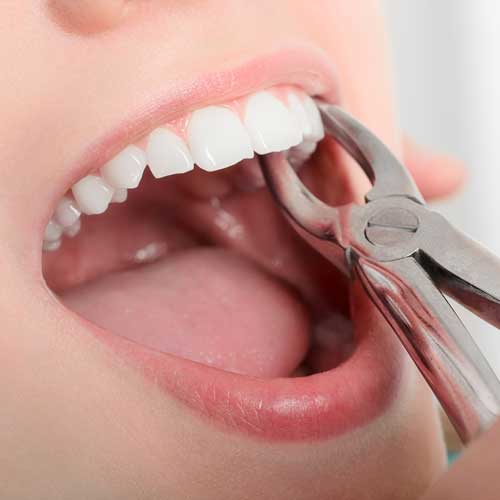Gum Disease (Gingivitis)
You are here:Home2018October Gum Disease (Gingivitis) ingivitis is the medical term for early gum disease, or periodontal disease. In general, gum disease can be caused by long-term exposure to plaque, the sticky but colorless film on teeth that forms after eating or sleeping. Gum disease originates in the gums, where infections form from harmful bacteria…











